An effective oil spill kit is essential for managing spills and preventing environmental damage. Key components...
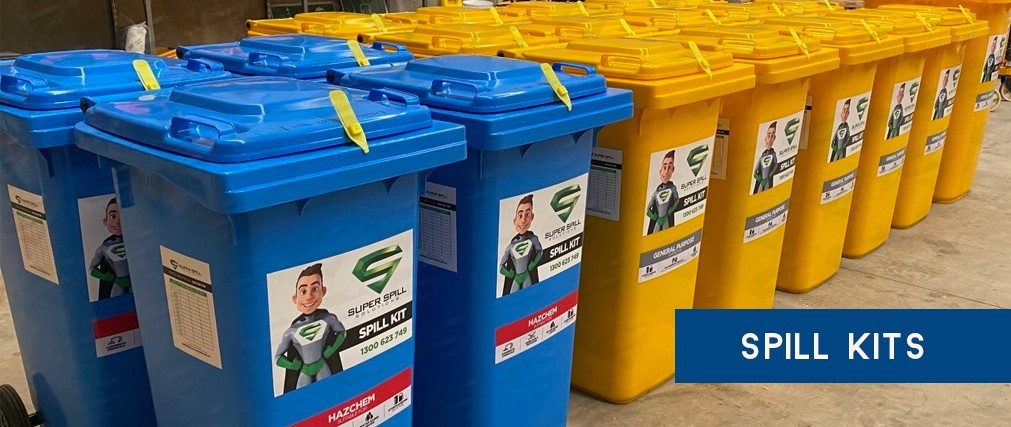
The Importance of Spill Stations in Australian Workplaces
In a country as vast and diverse as Australia, workplaces range from bustling offices to remote mining sites. Irrespective of the industry, one thing remains constant - the importance of workplace safety. Central to this is the role of spill stations, which play a pivotal role in maintaining a safe and secure working environment.
Legal Requirements
Australian Workplace Safety Laws
Australia has stringent workplace safety laws in place to protect employees and the environment. Compliance with these laws is not optional; it is a legal requirement. One of these requirements is the availability of spill stations in workplaces where the risk of spills is prevalent.
Types of Spills
Spills can vary in nature, from chemical spills in laboratories to oil and fuel spills in garages and hazardous material spills in industrial settings. Each type of spill comes with its unique set of challenges and hazards.
The Role of Spill Stations
Spill stations are purpose-built safety mechanisms designed to contain and control spills promptly. They serve several crucial purposes in the workplace:
- Containment and Control: Spill stations are equipped with the necessary tools and equipment to contain and control spills before they can spread and cause further damage.
- Safety for Employees: The immediate availability of spill stations ensures that employees can respond quickly to mitigate risks, protecting their safety.
- Environmental Protection: Spill stations help prevent hazardous materials from contaminating the environment, preserving Australia's unique natural landscapes.
Design and Components
Spill stations come in various designs, catering to different workplace needs. They typically include features such as absorbents, spill kits, and protective gear. The choice of equipment and its location is critical for their effectiveness.
Training and Awareness
Employees need to be well-trained in spill response procedures. Regular drills and awareness campaigns are essential to ensure that all workers know how to use the spill stations effectively.
Choosing the Right Spill Station
Selecting the appropriate spill station depends on several factors, including the specific needs of the workplace, budget constraints, and quality assurance.
Spill Station Maintenance
Maintaining spill stations is an ongoing process that includes inspection and regular maintenance, replacing consumables, and proper documentation to ensure compliance.
Case Studies
Real-life case studies showcase the effectiveness of spill stations in mitigating risks and averting potentially disastrous incidents.
Environmental Impact
Preventing spills and containing them effectively contributes to a sustainable and environmentally responsible workplace.
Cost-Benefit Analysis
While implementing spill stations involves an initial investment, the long-term savings in terms of safety, reduced risks, and compliance are substantial.
Benefits of Compliance
Adhering to workplace safety regulations not only ensures compliance but also enhances a company's reputation and the well-being of its employees.
Challenges and Solutions
Identifying common obstacles and finding ways to mitigate risks is crucial in ensuring the success of spill station implementation.
Best Practices
Implementing spill stations effectively requires adhering to best practices, regular training, and a commitment to continuous improvement.
Conclusion
In conclusion, spill stations are not just an added expense but a necessary investment in workplace safety. They ensure compliance with Australian safety laws, protect employees, safeguard the environment, and contribute to the long-term success of any business. The adoption of spill stations is a critical step towards a safer and more responsible working environment.
FAQs
1. What are spill stations?
Spill stations are designated areas in workplaces equipped with tools and equipment to contain and control spills promptly.
2. Why are spill stations important in Australia?
Spill stations are essential in Australia to comply with strict workplace safety laws, protect employees, and preserve the environment.
3. How do I choose the right spill station for my workplace?
Selecting the right spill station depends on your workplace's specific needs, budget considerations, and quality assurance.
4. What are the environmental benefits of using spill stations?
Spill stations help prevent hazardous materials from contaminating the environment, contributing to a more sustainable workplace.
5. What is the cost-benefit of implementing spill stations?
While there is an initial investment, the long-term benefits in terms of safety, reduced risks, and compliance far outweigh the costs.


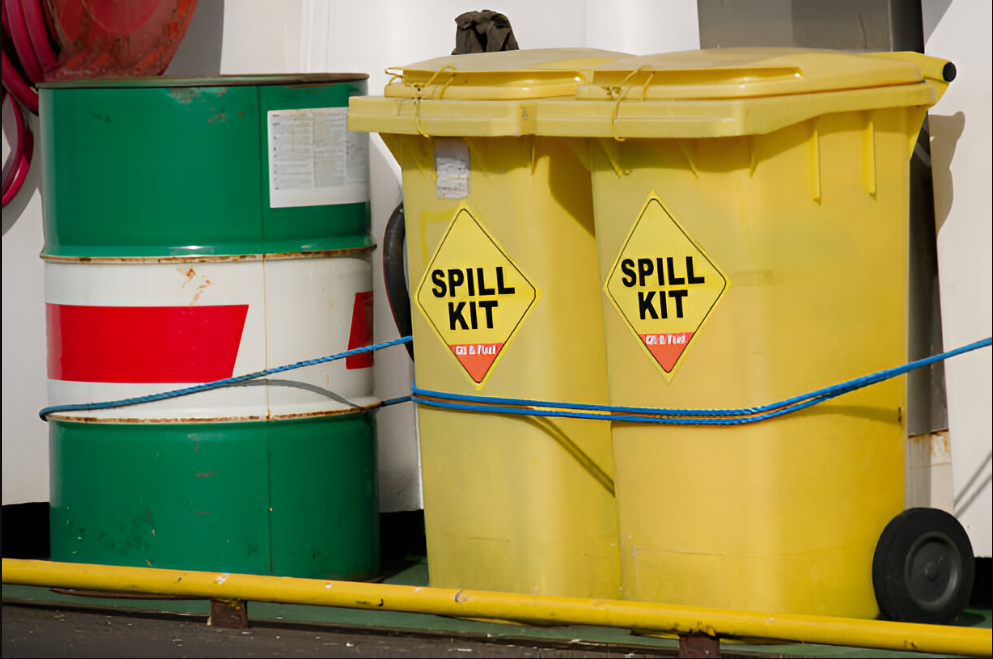
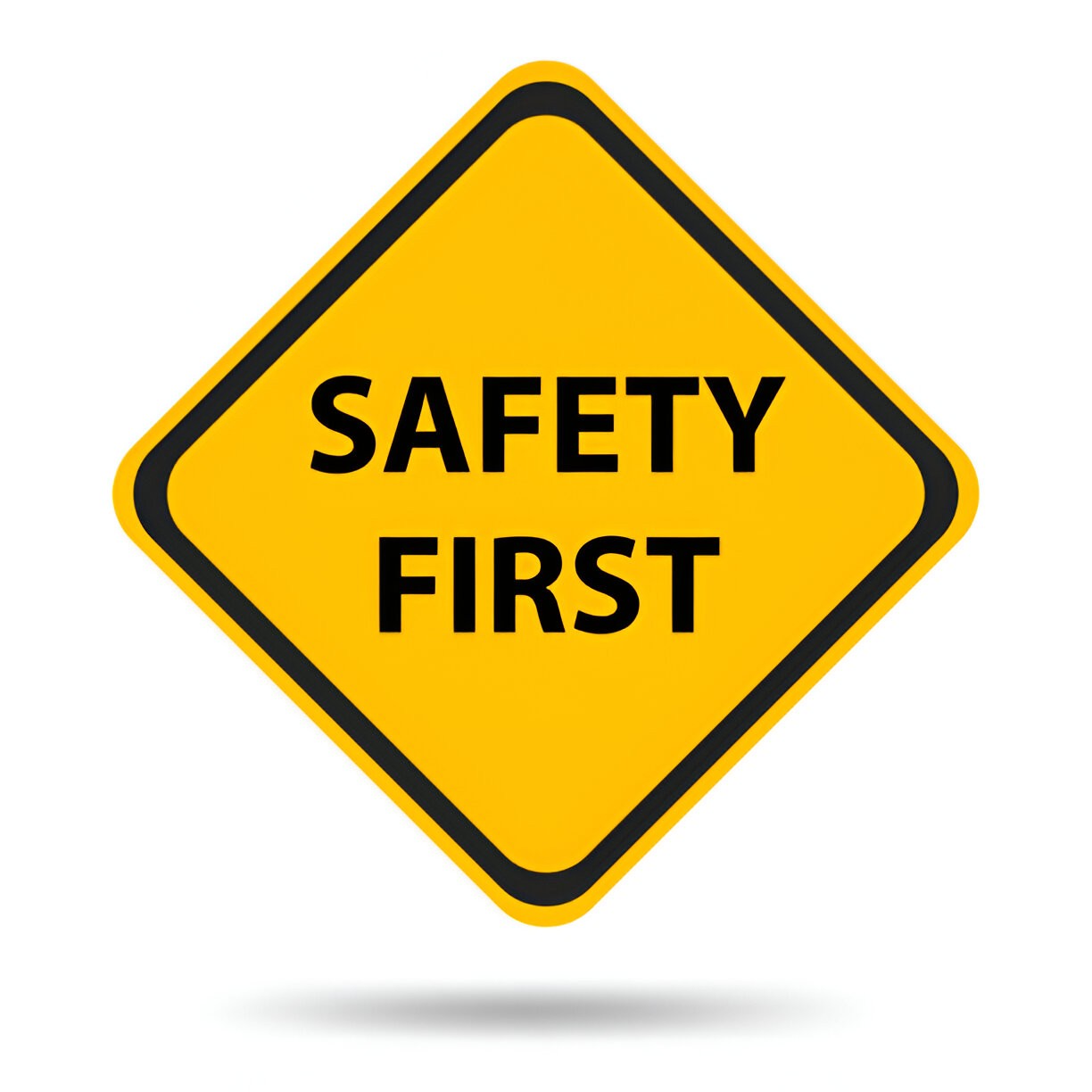

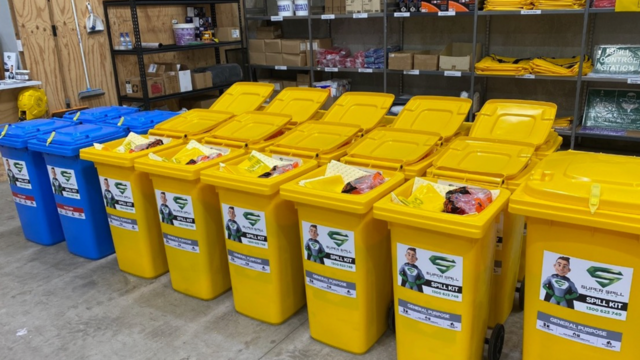
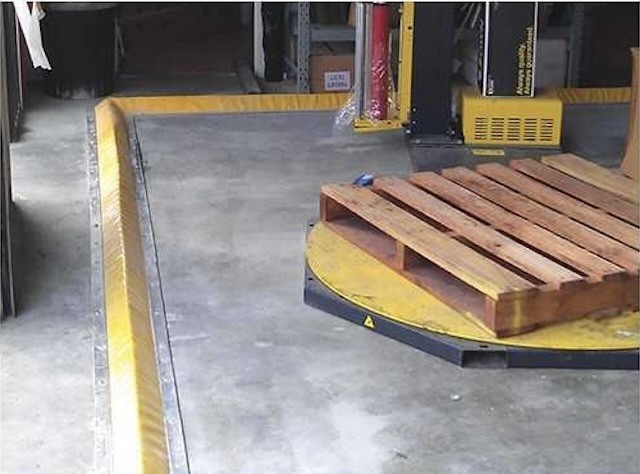
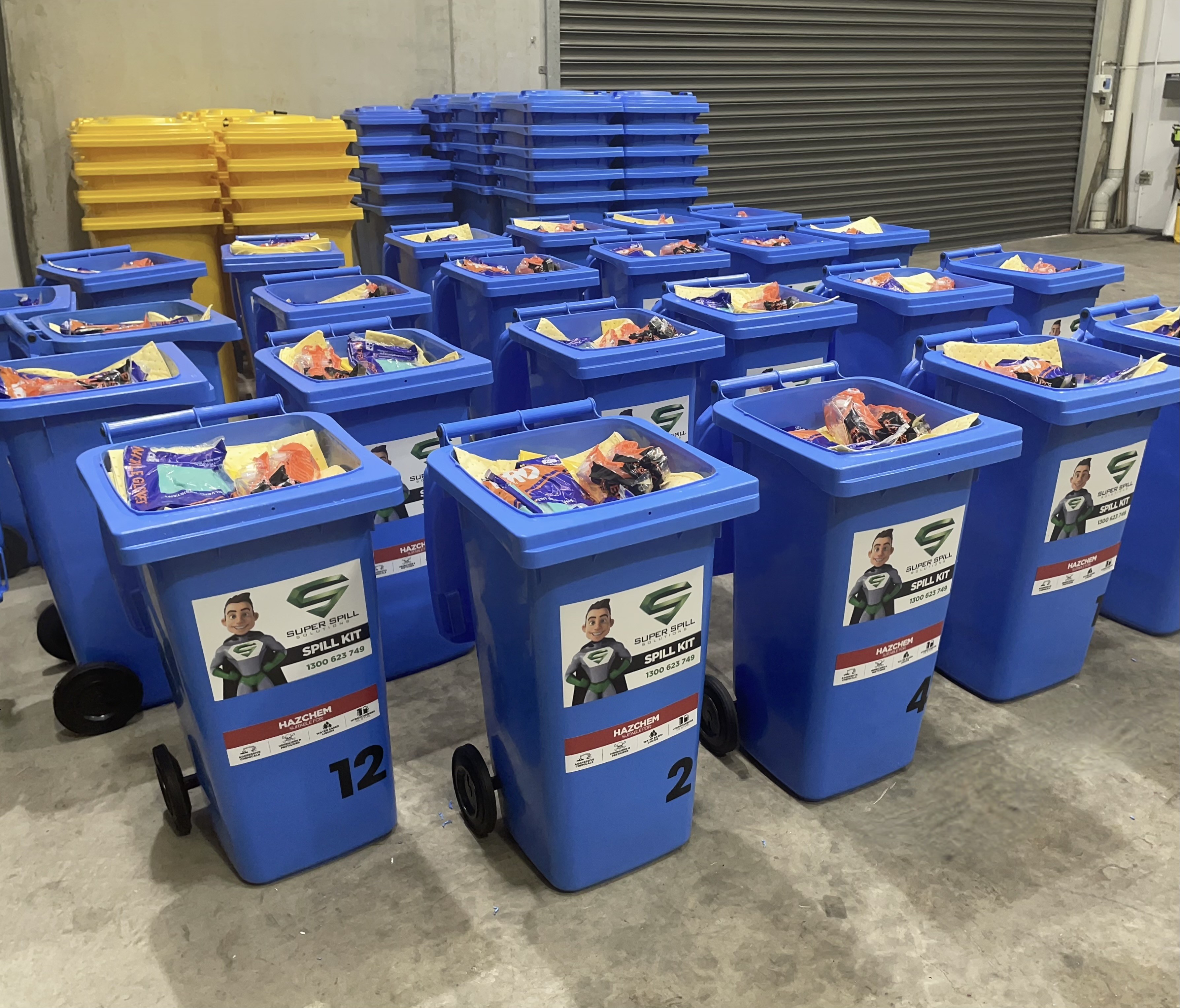
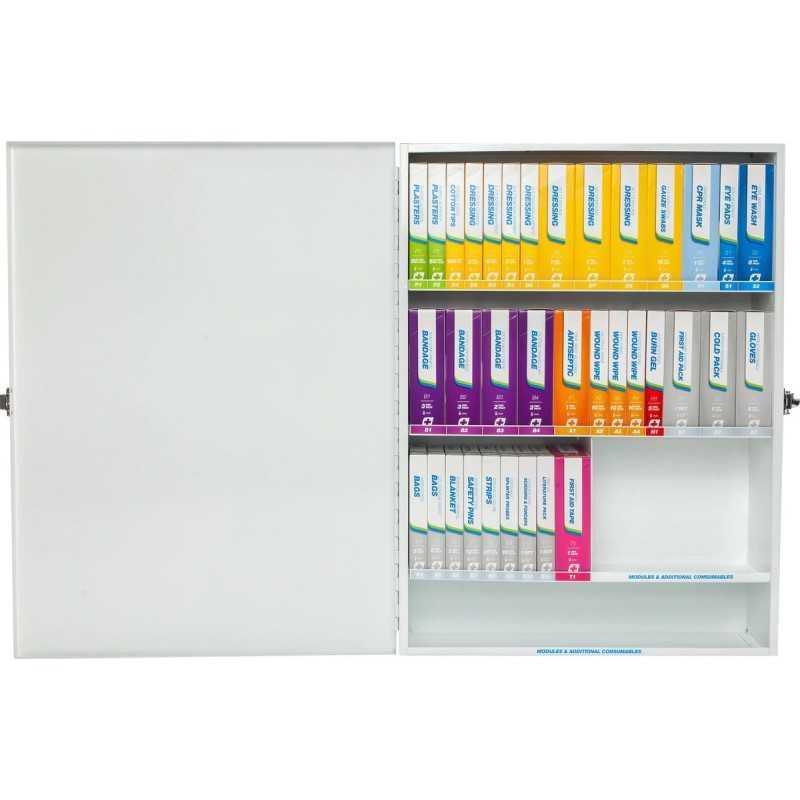
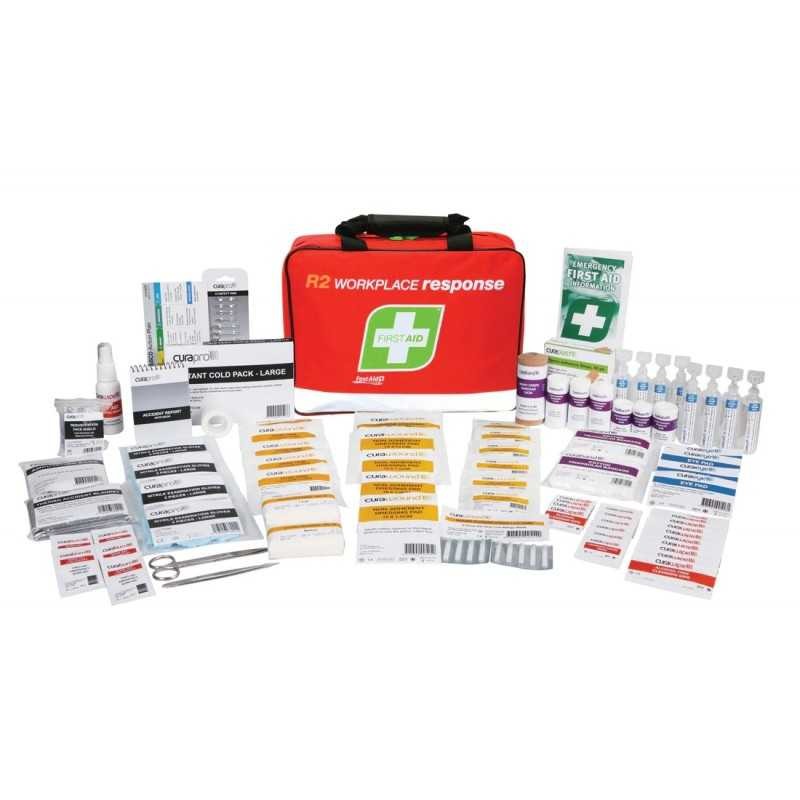
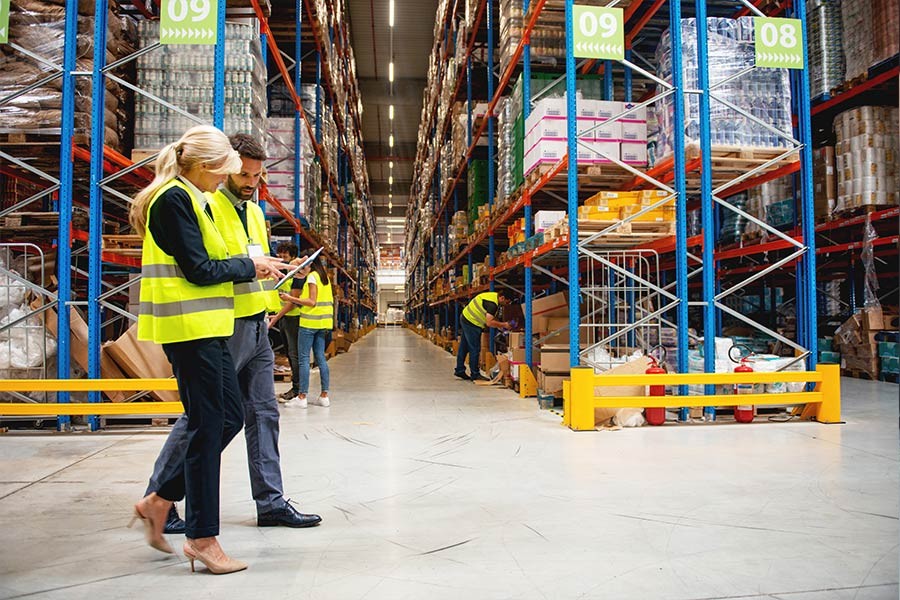
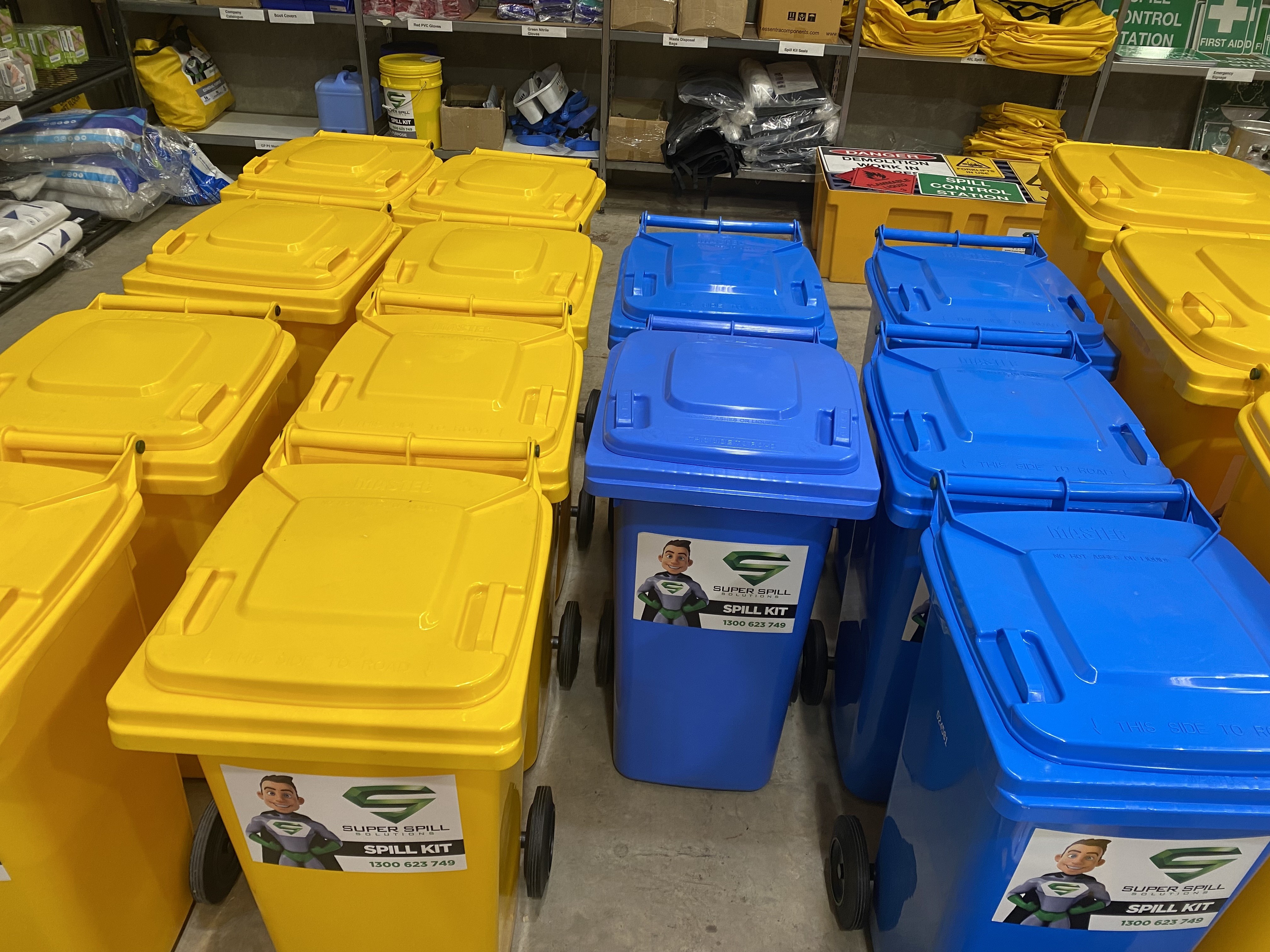
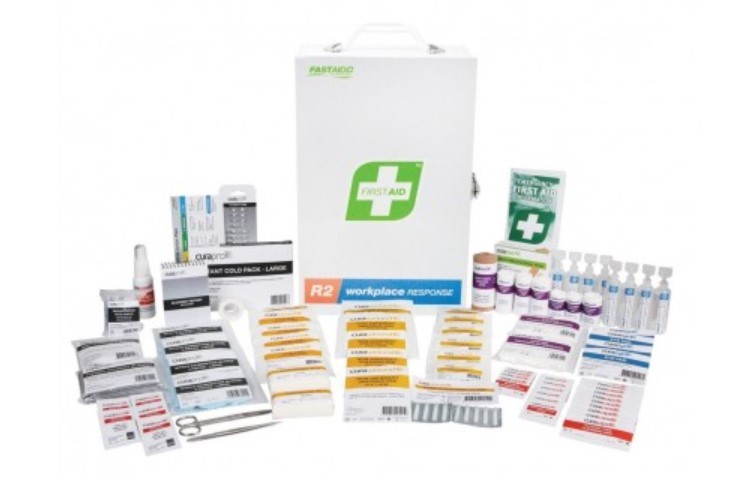
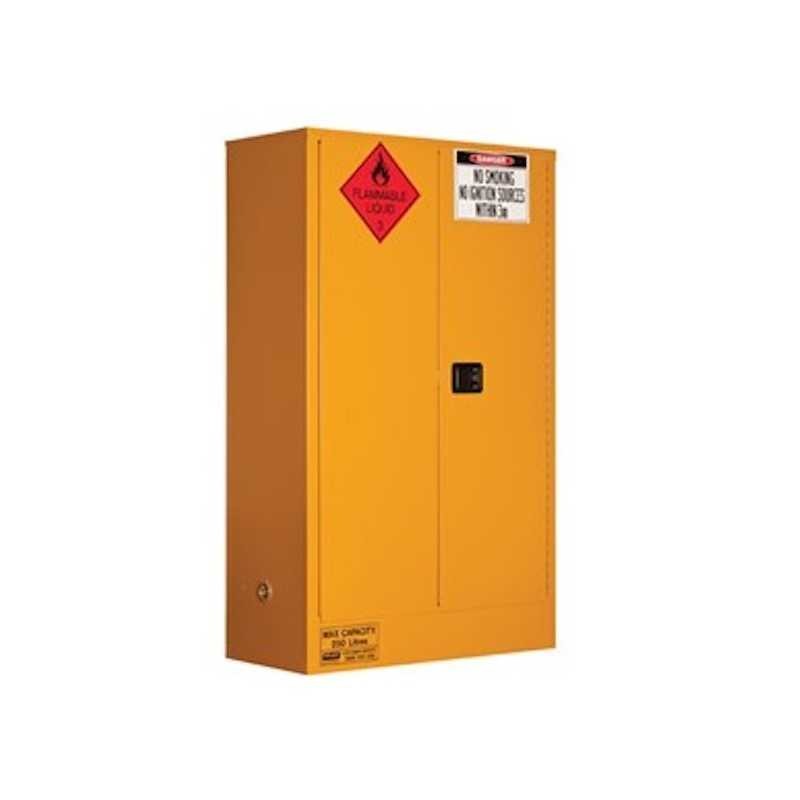
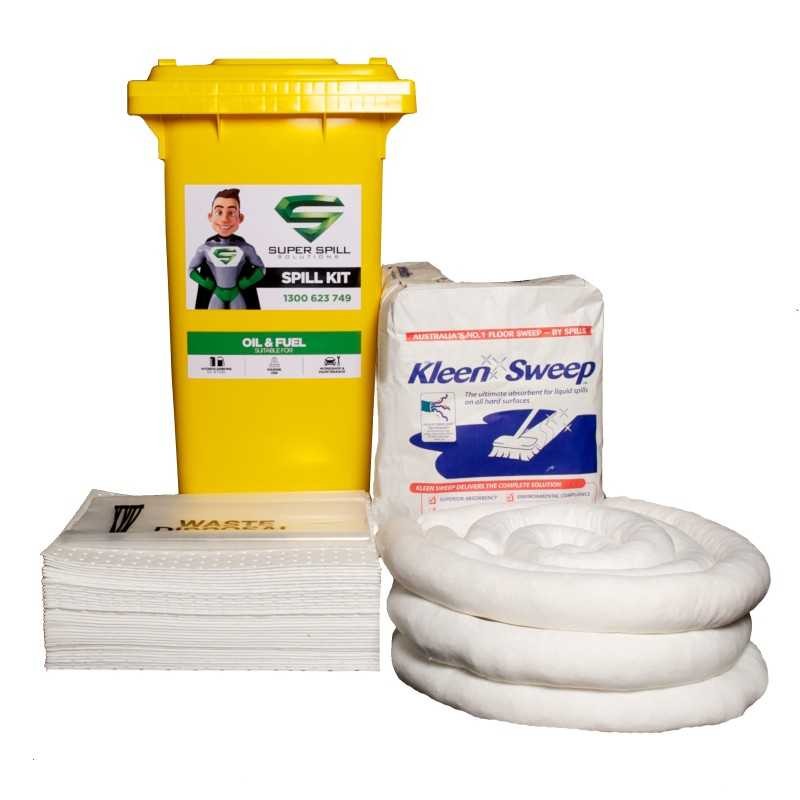

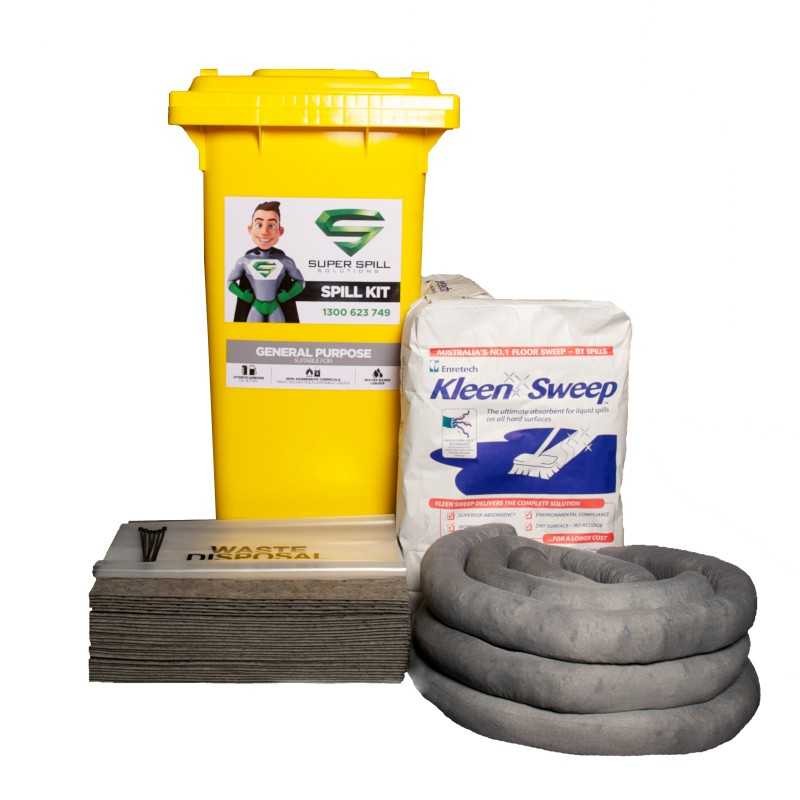
Leave a comment